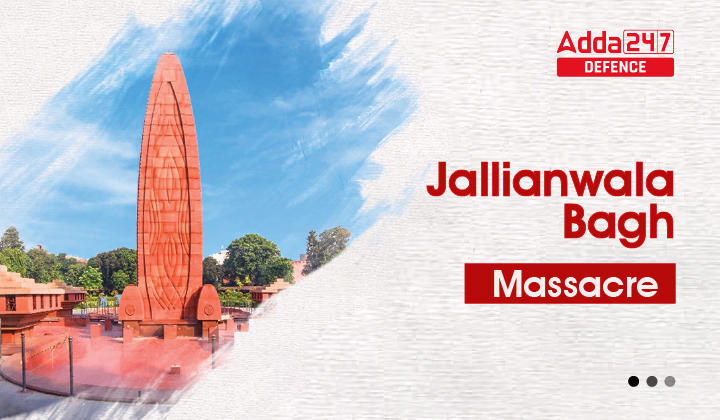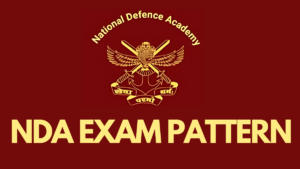Jallianwala Bagh Massacre: A Tragic Chapter in Indian History
The Jallianwala Bagh massacre, as it is known in India, saw British troops, under the command of Colonel Reginald Dyer, fire on thousands of unarmed men, women and children holding a pro-Independence demonstration in Amritsar on Baisakhi in April 1919. It is one of the darkest chapters of India’s freedom struggle against the British occupation. On 13th April 1919, Baisakhi Day, 50 soldiers, led by Brigadier General Reginald Dyer, opened fire on a crowd of unarmed men, women and children at a garden in Amritsar. They fired for 10 minutes, discharging 1,650 bullets at the peaceful protesters in Jallianwala Bagh, who stood less than 150 feet away from their .303 rifles.
Today India marks the 104th anniversary of the Jallianwala Bagh massacre, one of the worst atrocities of British colonial rule for which London has yet to apologise. The British envoy to India called it a “shameful act in British-Indian history”. Hundreds of people paid tribute to those who lost their lives in the massacre.
Jallianwala Bagh Massacre Background
The Jallianwala Bagh massacre was a result of the growing unrest and tension between Indians and the British Raj. The British had ruled India for over 200 years and had exploited the country’s resources and people. The Indian National Congress had been formed in 1885, and many Indians were demanding independence from British rule.
In 1919, the British government passed the Rowlatt Act, which gave authorities the power to arrest and detain any person suspected of terrorism without trial. The act was met with widespread opposition, and on April 6th, a nationwide strike was called to protest against it.
Jallianwala Bagh Massacre: Martial Law
On 13th April 1919, a large crowd gathered in Jallianwala Bagh, a public garden in Amritsar, to celebrate the Baisakhi festival and protest against the Rowlatt Act. Many of the protestors were farmers who had come from surrounding villages to participate in the demonstration. The atmosphere was peaceful, and there was no sign of violence.
However, the British authorities, led by Colonel Reginald Dyer, viewed the gathering as a serious threat to law and order. Without warning or provocation, Dyer ordered his troops to open fire on the unarmed crowd. The troops fired indiscriminately, targeting men, women, and children who were trying to flee. The shooting continued for around ten minutes, until the troops ran out of ammunition.
Colonial-era records show about 400 people died in the massacre, but Indian figures put the toll at closer to 1,000. The shooting was followed by the proclamation of martial law in the Punjab that included public floggings and other humiliations. The Bengali poet and Nobel laureate Rabindranath Tagore renounced the knighthood that he had received in 1915. Gandhi was initially hesitant to act, but he soon began organizing his first large-scale and sustained nonviolent protest (satyagraha) campaign, the noncooperation movement (1920–22), which thrust him to prominence in the Indian nationalist struggle. Indian outrage grew as news of the shooting and subsequent British actions spread throughout the subcontinent.
Jallianwala Bagh Massacre: Hunter Commission
The government of India ordered an investigation of the incident (the Hunter Commission), which in 1920 censured Dyer for his actions and ordered him to resign from the military. Reaction in Britain to the massacre was mixed, however. Many condemned Dyer’s actions—including Sir Winston Churchill, then secretary of war, in a speech to the House of Commons in 1920—but the House of Lords praised Dyer and gave him a sword inscribed with the motto “Saviour of the Punjab.” In addition, a large fund was raised by Dyer’s sympathizers and presented to him. The Jallianwala Bagh site in Amritsar is now a national monument.
Jallianwala Bagh Massacre Aftermath
The Jallianwala Bagh massacre had a profound impact on Indian politics and society. It sparked a wave of protests and civil unrest, and many Indians became determined to fight for their independence. The incident is still remembered as a symbol of British oppression and Indian resistance. Jallianwala Bagh massacre served as a catalyst for India’s independence movement, inspiring generations of Indians to fight for their freedom. Today, the Jallianwala Bagh memorial stands as a reminder of the sacrifices made by those who fought for India’s independence, and as a symbol of hope for a better future.
Now keep yourself updated with Latest Defence Jobs and News 24×7 Download ADDA247 App Now! CLICK HERE



 Important Topics to Score 300+ in NDA GA...
Important Topics to Score 300+ in NDA GA...
 NDA Exam Pattern 2025 for GAT and Maths
NDA Exam Pattern 2025 for GAT and Maths
 How to Crack NDA Exam in the First Attem...
How to Crack NDA Exam in the First Attem...
